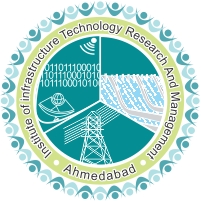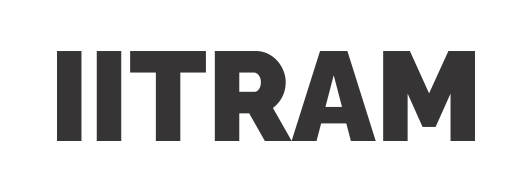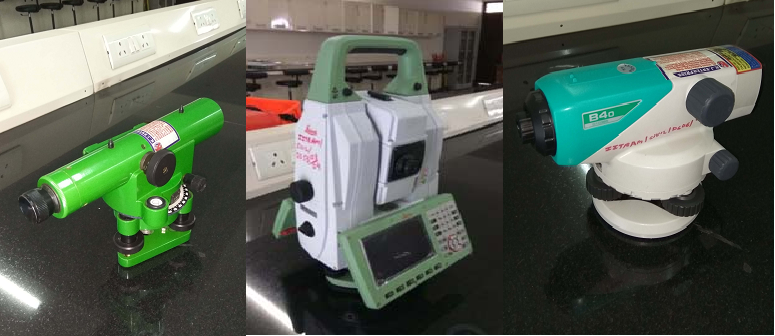Surveying Laboratory
In above learning sequence, they will plan ground surveys, develop criteria for survey methods and procedures, conduct surveys to establish legal boundaries for properties, establish fixed points for use in making maps, prepare all data, charts, plots, maps, records, and documents related to surveys, perform adjustments computations, verify the accuracy of survey data including measurements and calculations conducted at survey sites, write descriptions of property boundary surveys, and develop criteria for the design and modification of survey instruments.
The following facilities are available in the Surveying laboratory
1. Sokkia Auto level
2. Global Positioning System (G.P.S)
3. Dumpy Level
4. Mirror Stereoscope
5. Vernier transit Theodolite with stand
6. Planimeter (Manual)
7. Plane Table with Accessories
8. Total Station


